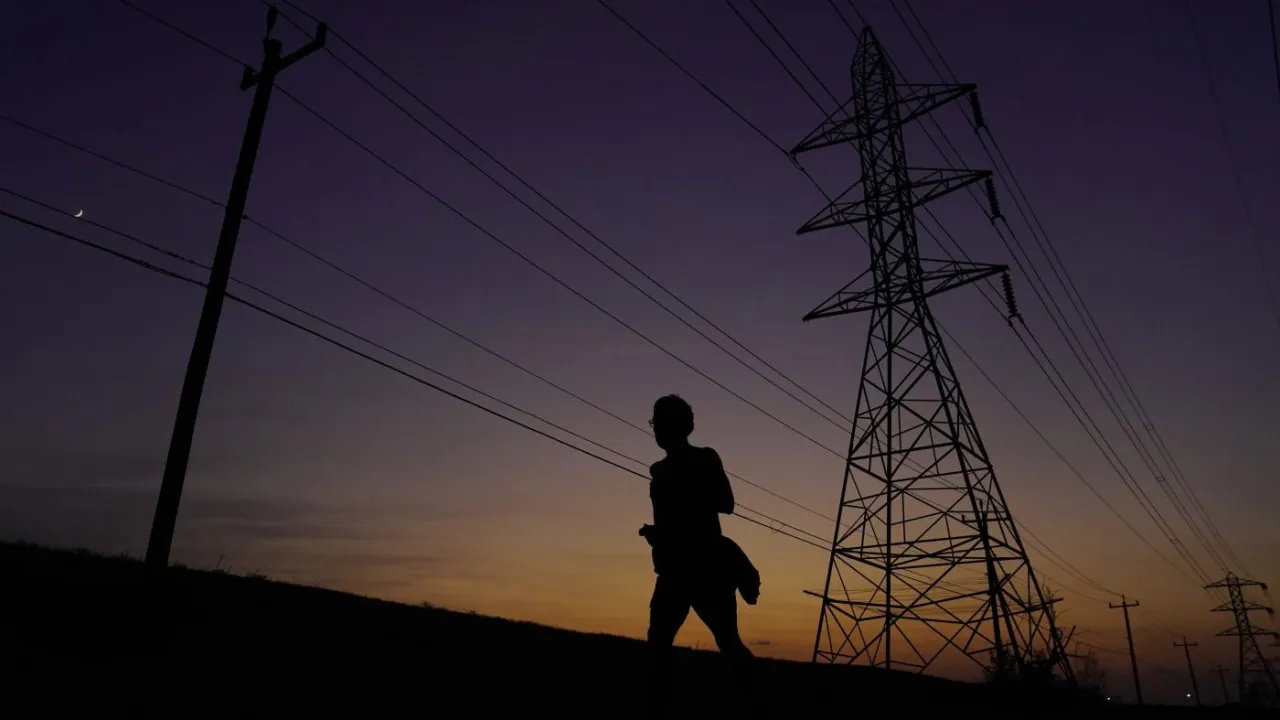By Rachel Frazin
The Biden administration is putting $1.5 billion toward four electric power projects, including a connection to the Southeast for Texas’s isolated grid, it announced Thursday.
The four projects are expected to improve grid reliability and improve energy access, the Energy Department said in a press release.
Collectively, they’re expected to enable 7,100 megawatts of new electric power capacity in Louisiana, Maine, Mississippi, New Mexico, Oklahoma and Texas. That’s enough energy to power more than 710 million LED light bulbs.
One of the projects will, for the first time, connect the isolated Texas power grid with power markets in the southeastern U.S. That grid’s lack of connection came into focus after 2021’s Winter Storm Uri, which caused severe power outages and ultimately killed hundreds of people.
Research has suggested that connecting Texas to the nation’s broader grid could have prevented some of the blackouts.
More broadly, the Biden administration has promoted power lines as a climate solution, noting that some renewable projects struggle to get hooked up to the grid.
“When President Biden and Vice President Harris took office, they set out a vision to tackle the climate crisis and power the economy with clean electricity. In order to get there, we need to more than double our current transmission capacity,” White House adviser John Podesta told reporters Wednesday.
Federal funding for these projects comes from the Bipartisan Infrastructure Law and follows three additional previously announced projects funded under the same transmission program.
One project will include the construction of a new power substation in Haynesville, Maine, and a 111-mile power line connecting it to the broader New England grid.
Another will connect wind and solar energy to demand in eastern Oklahoma.
A fourth project will run across New Mexico and help provide power for the area’s semiconductor and battery manufacturing industries, as well as data centers.

